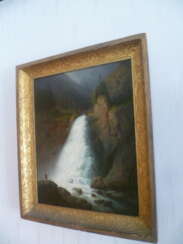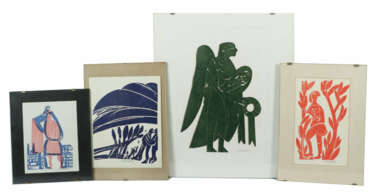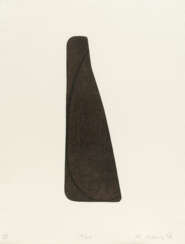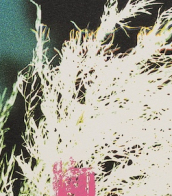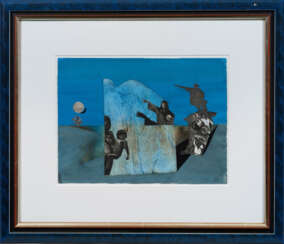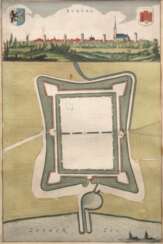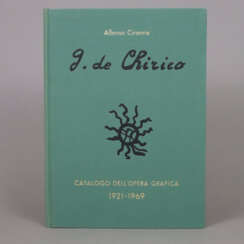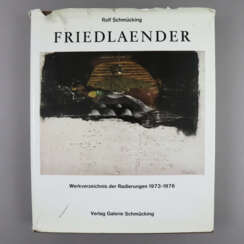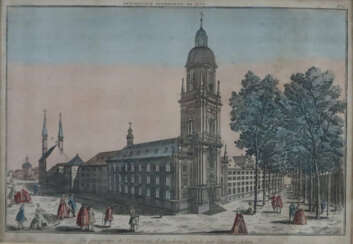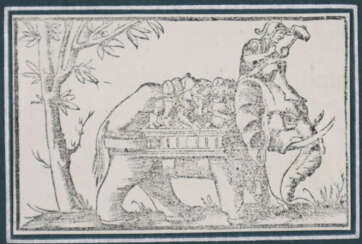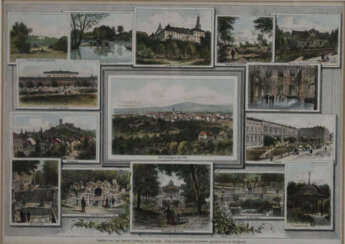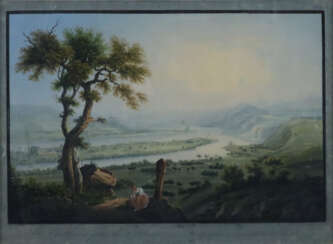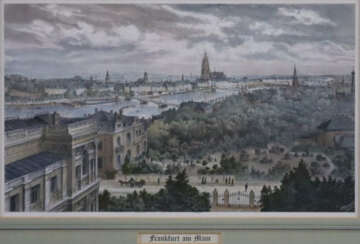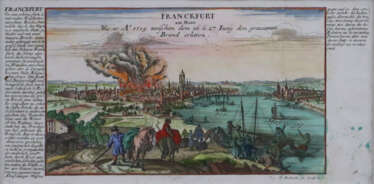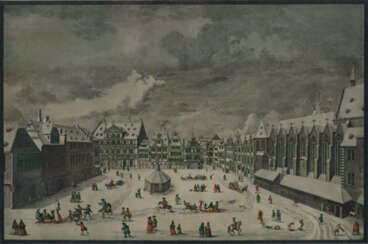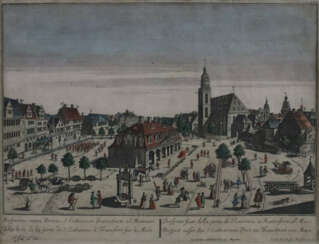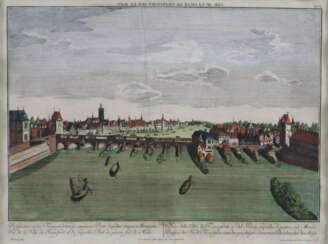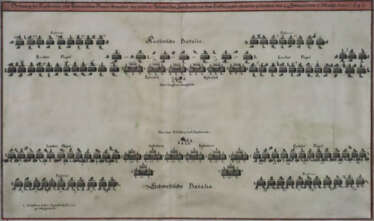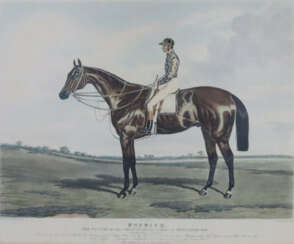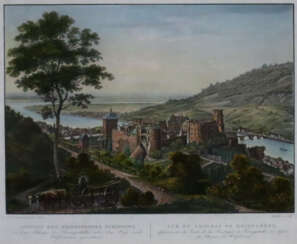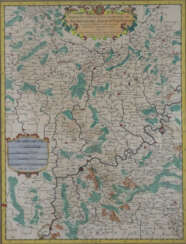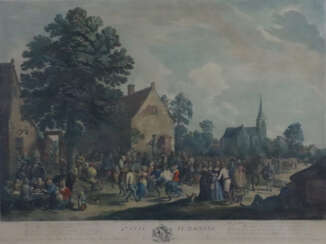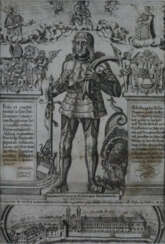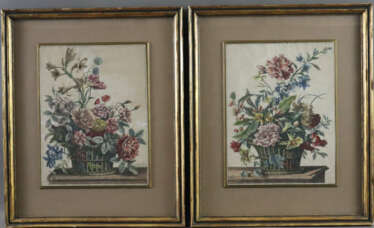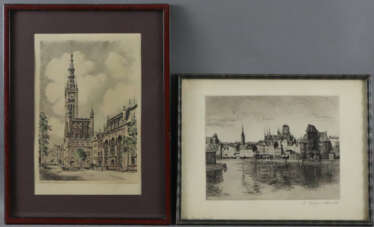100 Items by auctions and galleries:
druckgrafik
Merz Kaspar Heinrich 1806-1875
Kaspar Heinrich Merz (1806 - 1875) 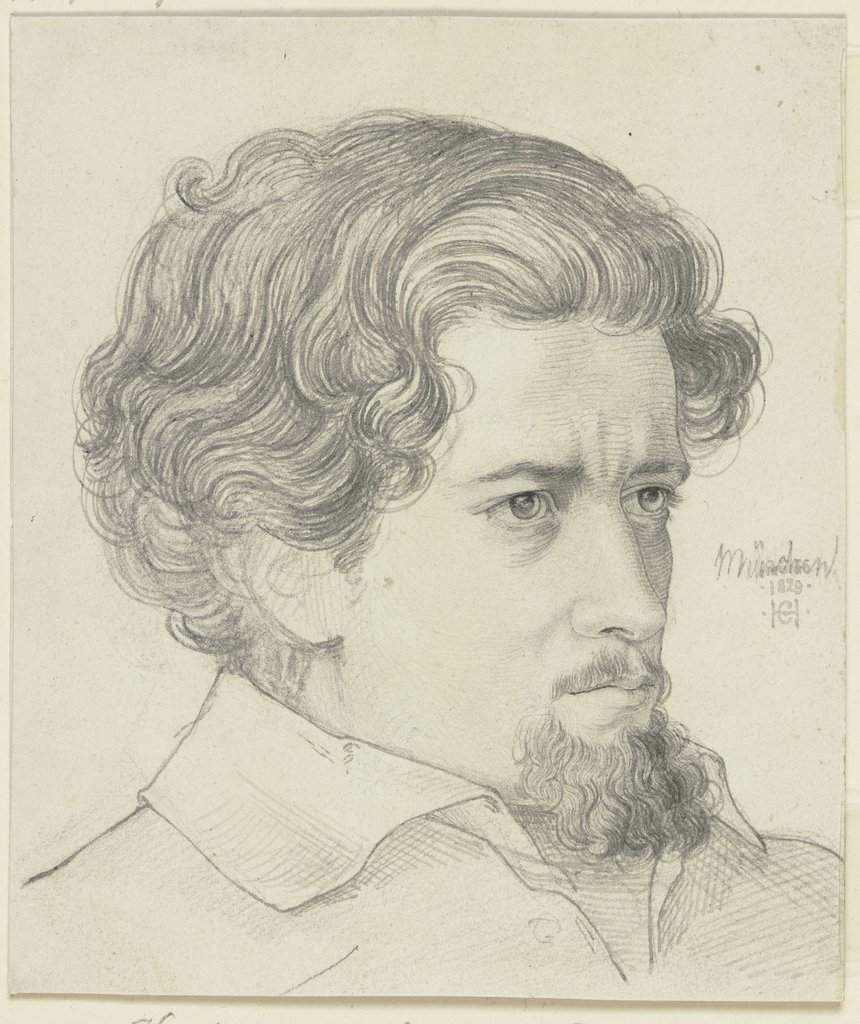 Shop Artkunst
Shop Artkunst

Kaspar Heinrich Merz
07.05.1806 - 29.07.1875
Austria, Switzerland
Kaspar Heinrich Merz was a Swiss draftsman and copper and steel engraver. From 1821, with the help of "a few patrons", he was "apprenticed" to the copper engraver Johann Jakob Lips in Zurich for four years. He also worked as an engraver for the magazine Historical Entertainment. Merz had also acquired a reputation for his color engravings, some of which he created over years of individual work.

Shop
Artkunst
Germany
Number of products: 144
Lot 282 "Elburg", kolorierte, alte Druckgrafik von Elburg, mit Panoramablick auf die Stadt und Titel, links oben das Wappen von Gelderland und rechts oben das Stadtwappen, darunter ein Stadtplan der Festung Elburg, Bla…
Kunst und Antiquitäten 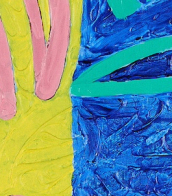

Auktionshaus Satow
Kunst und Antiquitäten
Date: 15.11.2025 11:00 UTC +01:00
Number of lots in the catalog: 1075
